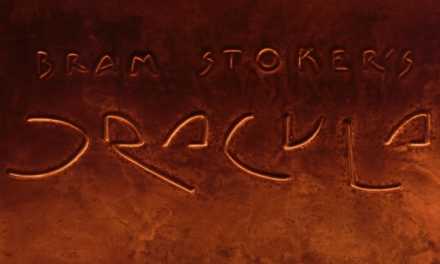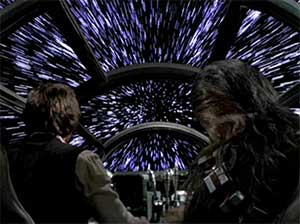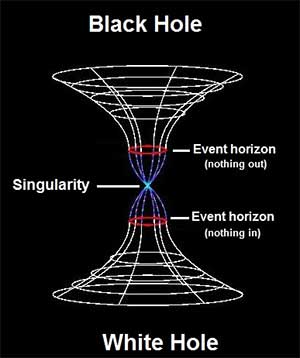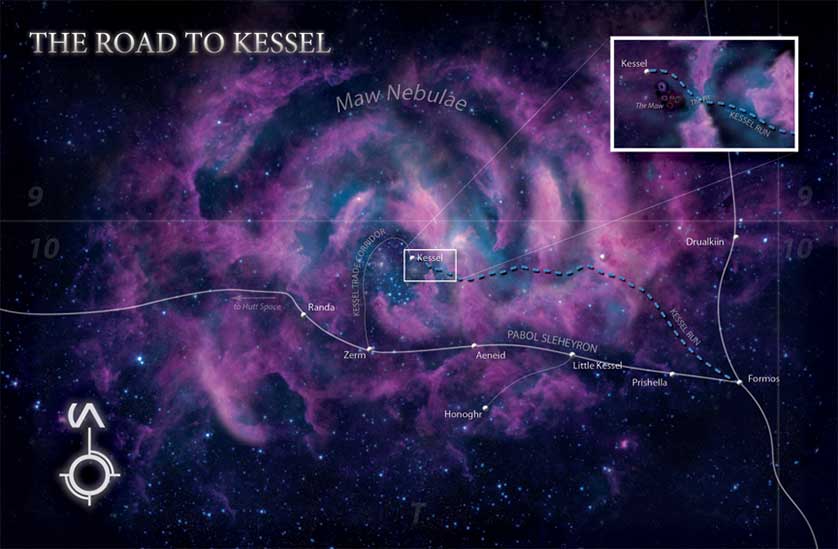
Han Solo Was Right About Parsecs In ‘Star Wars’
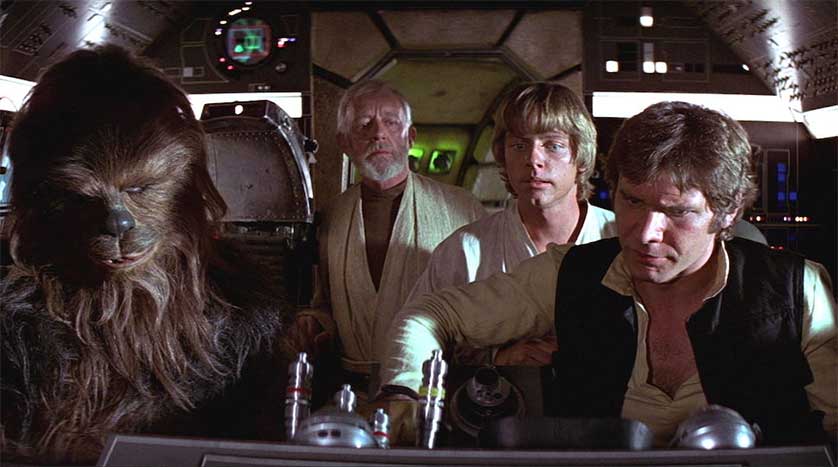
It’s the ship that made the Kessel run in less than twelve parsecs!
When questioning the speed of the Millennium Falcon, Luke and Obi-Wan incited quite a reaction from Han Solo. The famous line, “Fast ship? It’s the ship that made the Kessel run in less than twelve parsecs!” became one of the most notable lines in “Star Wars.” But while the line was memorable, what made this line truly stand out was the supposed incorrect use of the word “parsecs.” Referring to the Falcon as fast would constitute some word other than “parsecs” as a parsec is a measure of distance, not of speed. But while this issue has been debated for some time, I believe the statement to be definitively correct. The type of travel Han Solo refers to is related more to distance than to speed. Let me tell you why.
Space Travel in “Star Wars”
In the “Star Wars” universe we’re in an entirely different realm of travel than the real world. In the real world, interstellar travel is something that’s not possible in the near future. Even if we could reach the speed of light, the ability to traverse even our own galaxy would be a daunting task. But here is the conundrum when traveling faster than the speed of light…you can’t. Some could argue for theoretical tachyon particles or quantum entanglement but as far as observable travel goes, light is the peak of what we know.
To get around this, “Star Wars” and many other films use warp speed travel. In “Star Wars” this is known as traveling through hyperspace and the only way to travel through hyperspace is to have a ship equipped with a hyperdrive. Even though “Star Wars” may be science fiction (in the space opera genre), the logic behind hyperspace and the hyperdrive touches upon some of our own scientific theories, primarily wormholes.
“By entering hyperspace, a starship could take advantage of the wrinkles in the fabric of realspace to reduce journey time significantly, “jumping” from a specific point to another point without having to travel directly between them.”
How Wormholes Relate to Warp Speed
So what is a wormhole? If you love sci-fi films then chances are that you’ve seen the famous folded paper explanation. It was more recently used in “Interstellar” but also in other sci-fi films like “Event Horizon.” It’s a great visual for those trying to grasp Einstein’s theory of general relativity in reference to wormholes. There are two points drawn on a piece of paper and the quickest way to those two points would be a straight line right? Wrong. The quickest way would be to fold the paper and stick the pencil through those two points. See the “Interstellar” explanation below.
Wormholes are comprised of a black hole and a white hole. While the black hole acts as a vacuum for all matter crossing its event horizon, a white hole does the opposite. It is also theorized that a white hole could be the other side of a black hole ejecting all of the matter and hence forming the Einstein-Rosen bridge also known as a wormhole. This would essentially be the foundation of hyperspace travel in “Star Wars.” But even with the established science, interstellar travelers would still need to have these wormholes or hyperspace routes mapped out. To solve this problem, “Star Wars” used a series of hyperwave beacons acting as endpoints for setting hyperspace courses.
“…there existed predetermined hyperspace routes which interstellar travelers could take.”
Putting together the elements from this quick synopsis of wormholes, warp travel, and hyperspace, it should be easy to see where I’m going with this. Traveling faster than light is not possible and “Star Wars” and other films do not refute that fact. Instead they use factual theories from astrophysics that beat the “faster than light” problem by circumventing the speed factor and focusing on shortening the distance.
Proof From Previous “Star Wars” Canon
Everything I’ve discussed thus far falls into either science or “Star Wars” canon. But there is another story that is in the realm of legend status that details the Kessel run. In A.C. Crispin’s Han Solo Trilogy the Kessel run is described as one of the most heavily used smuggling routes. It’s a distance of roughly 18 parsecs and Han Solo managed to cut that down to about 11.5 parsecs. He did this by navigating the Maw Cluster which is a cluster of black holes that are unstable and nearly impossible to navigate. But as we know, Han has beat the odds before, just like when he navigated the asteroid field in “Empire Strikes Back.” While this story is no longer “Star Wars” canon, it definitely lines up with both the capabilities of Han Solo as a pilot and theoretical science to an extent.
“It’s a very simple ship, very economical ship, although the modifications he made to it are rather extensive – mostly to the navigation system to get through hyperspace in the shortest possible distance (par-sects).”
In Summation
Finally what this comes down to is that Han Solo did indeed know what he was talking about. The Millennium Falcon is a fast ship but that had nothing to do with making the Kessel run in less than 12 parsecs. “Star Wars” space travelers are more likely to be concerned with hyperspace routes than the speed of a ship. These routes bend space shortening the distance between the starting point and end point. While Han Solo can tout his ship’s speed, he’s also selling Obi-Wan on its navigational ability. Whether he discovered new hyperspace routes on his own or calculated the optimal chain of routes to reach his destination, he could have definitely made the Kessel run in less than 12 parsecs.


















